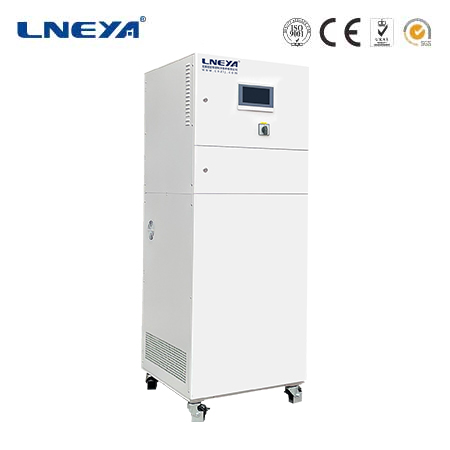chilled pump
Chilled Pumps: Ensuring Efficient HVAC System Performance
Chilled pumps play a critical role in heating, ventilation, and air conditioning (HVAC) systems by circulating chilled water to cool buildings. These pumps are designed to maintain a consistent flow of water through the system, ensuring even distribution of cooling effects. This article explores the importance of chilled pumps, their operation, types, and the considerations necessary for their selection and maintenance.

How Chilled Pumps Work
Chilled pumps function by moving refrigerated water from a central chiller unit to air handlers or other heat exchangers within the HVAC system. The cooled water absorbs heat from the air, thereby reducing the air temperature. The now warmer water is then recirculated back to the chiller to be cooled again, completing the cycle.
Types of Chilled Pumps
There are several types of chilled pumps, including:
End Suction Pumps: Commonly used for their simplicity and ease of installation.
Double Suction Pumps: Known for their high flow rates and efficiency in large systems.
Submersible Pumps: Designed to be installed below the water line to reduce noise and improve performance.
Applications of Chilled Pumps
Chilled pumps are used in a variety of applications, such as:

Commercial Buildings: Offices, shopping malls, and hotels rely on them for climate control.
Industrial Facilities: Factories and processing plants use chilled pumps for process cooling and temperature regulation.
Residential Complexes: Apartment buildings and condominiums utilize them for centralized cooling systems.
Selecting the Right Chilled Pump
When choosing a chilled pump, consider the following factors:
Flow Rate: Ensure the pump can handle the required volume of water flow.
Head Pressure: The pump should be capable of providing the necessary pressure to overcome system resistance.
Energy Efficiency: Look for pumps with high efficiency to reduce operational costs.
Sizing: Properly size the pump to prevent issues with system performance and energy waste.
Maintenance of Chilled Pumps
Regular maintenance is crucial for the longevity and efficiency of chilled pumps. This includes:

Inspecting for Leaks: Regularly checking for signs of leakage in the pump seals and gaskets.
Checking Performance: Ensuring the pump is operating at the correct flow rate and pressure.
Cleaning: Removing debris and sediment that can affect pump performance and efficiency.
Replacing Wear Parts: Timing the replacement of wear parts like bearings and seals to prevent unexpected failures.
Conclusion
Chilled pumps are vital for the efficient operation of HVAC systems, providing the necessary circulation of chilled water to cool spaces effectively. By understanding the different types of chilled pumps, their applications, and the factors involved in their selection and maintenance, facility managers and engineers can ensure optimal performance and energy efficiency in their cooling systems.
This article serves as a comprehensive guide on chilled pumps, aiming to equip readers with the knowledge to make informed decisions regarding the integration and upkeep of chilled pumps in their HVAC systems. With a focus on functionality, efficiency, and maintenance, it provides a thorough overview of the subject, ensuring readers can implement best practices in their cooling system operations.
Related recommendations
heat reclaim chiller
586Introduction to Heat Reclaim Chillers Heat reclaim chillers represent a significant advancement in HVAC technology, offering a dual solution for heating and cooling needs in commercial building...
View detailschiller bath
514Chiller Baths: Precise Temperature Control for Diverse Applications Chiller baths, also referred to as refrigerated circulators, are essential tools in scientific laboratories and industrial pr...
View detailschilled glycol
387Chilled Glycol: Definition and Applications Chilled glycol refers to a coolant mixture used in industrial process cooling systems, typically consisting of glycol and water. Glycol, an organic c...
View detailsportable industrial chiller
564Portable Industrial Chiller: Versatile Cooling Solutions for Industrial Applications Portable industrial chillers, also known as portable cooling units, are essential in providing flexible and ...
View details
 LNEYA Thermal Test Chillers
LNEYA Thermal Test Chillers







HelloPlease log in